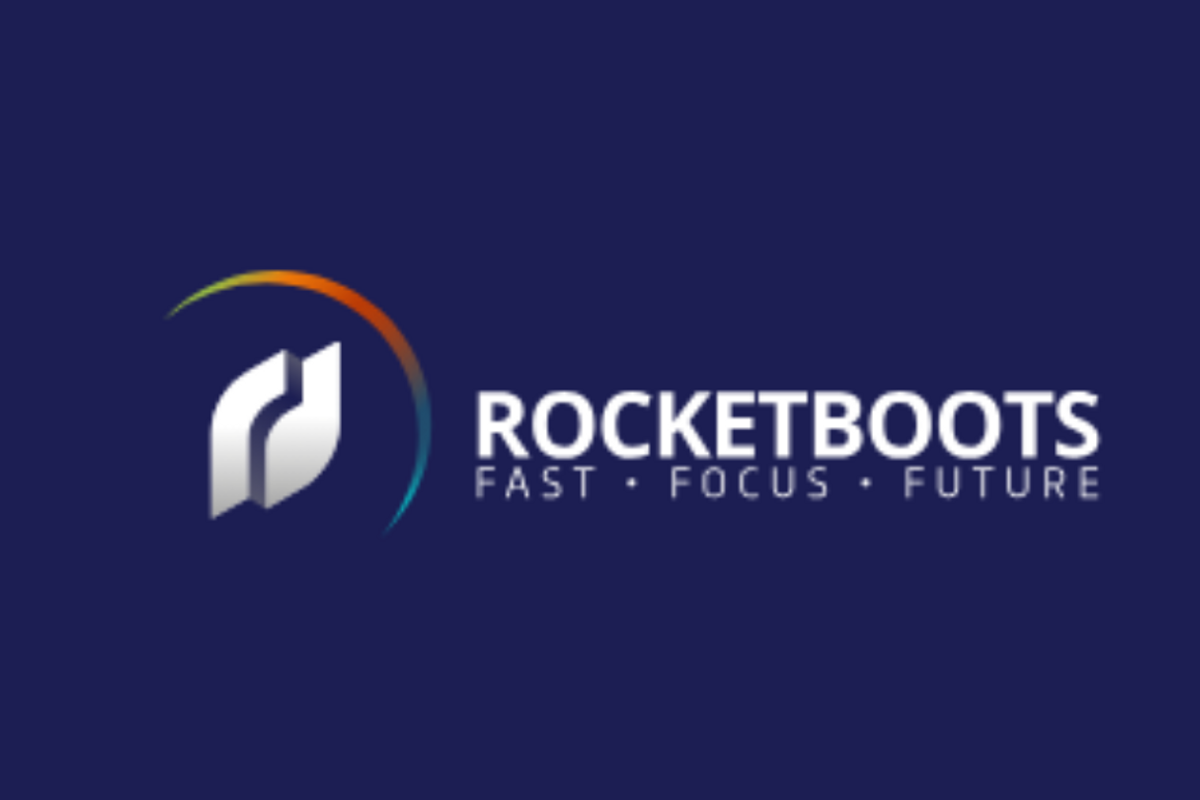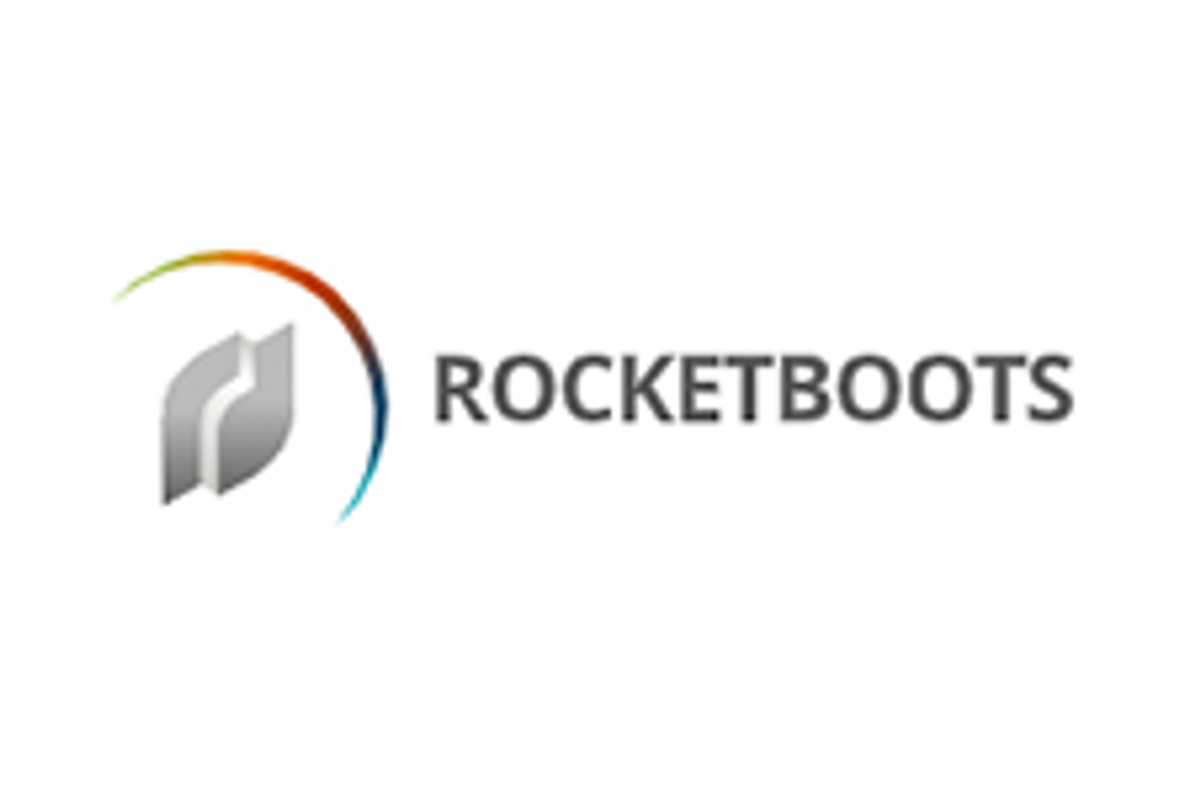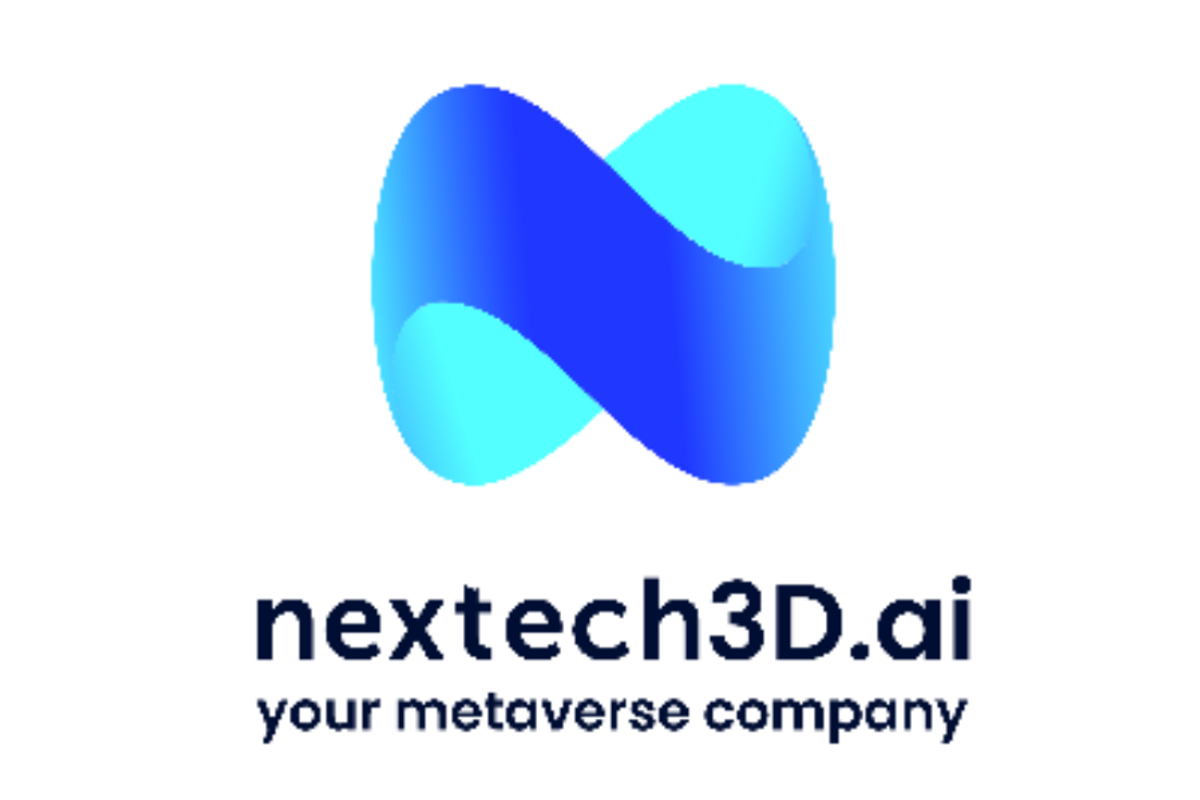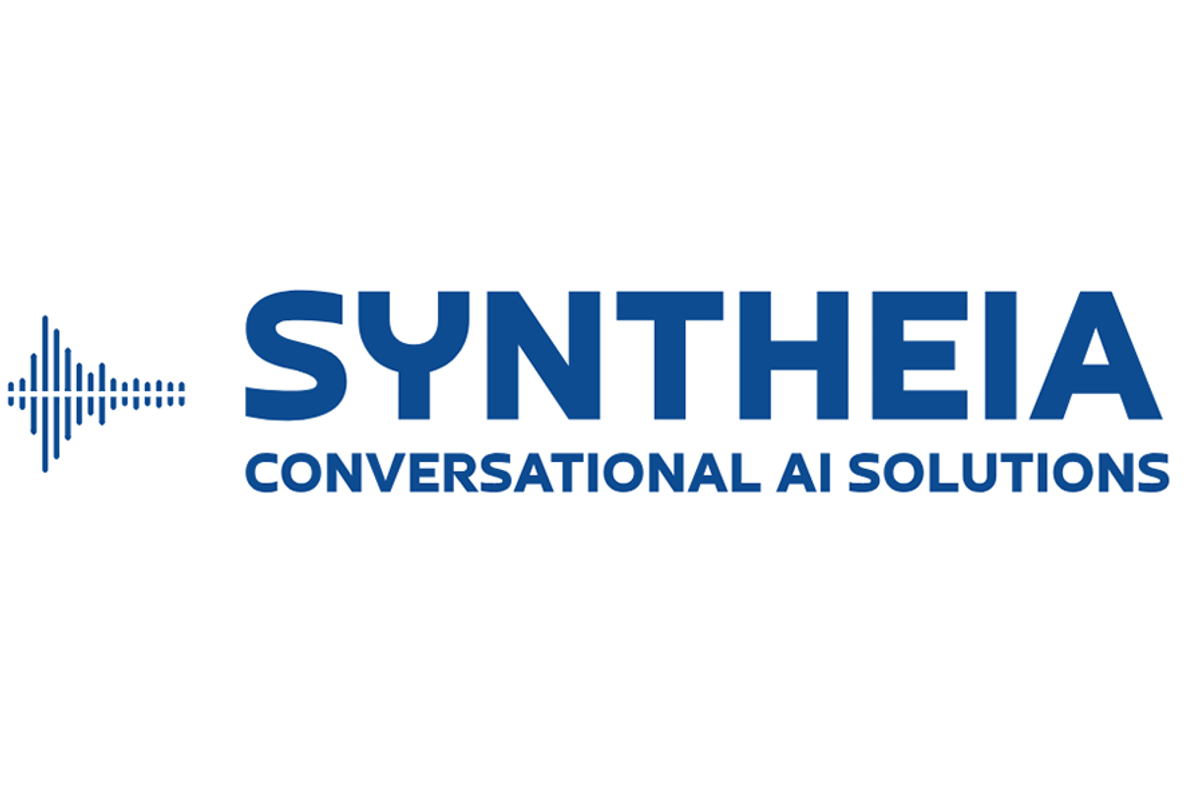
December 05, 2024
Artificial Intelligence software company RocketBoots Limited (ASX:ROC) (RocketBoots or the Company), is pleased to announce that it has extended a foundation partnership with a major Australian retailer (the Customer)1 for the provision of ROC software across its retail locations.
Highlights
- RocketBoots extends its SaaS contract with a major Australian retailer
- The deal continues a 7-year foundation partnership across > 250 locations
- Contract term is 1 year with a prepaid annual contract value of $339K
- Advanced discussions continue across a number of international enterprise customers, with the Company focused on closing several near-term opportunities.
Australian Retail Agreement
RocketBoots confirms a contract extension with the Customer, which continues a 7-year partnership providing critical software across its Australian locations. Over this time, the Company has established opportunities to optimise operations, as well as integrate RocketBoots technology with other retailer systems further enhancing the Customers ability to leverage value across its operations.
Importantly, RocketBoots has continued to demonstrate a sustainable return on investment that underpins its commercial model where the Company is now building momentum and scaling the business to secure a share in the billion-dollar global retail, grocery and banking markets.
Key contract terms include:
- The continued provision of RocketBoots' software across its store network;
- Prepayment of contract value of $339K, up 5% from previous;
- Contract term of 1 year, with the option to extend in 1-year increments; and
- Either party may terminate the agreement at any time, however contract prepayment is non-refundable.
Commenting on the Customer contract extension, RocketBoots Chief Executive, Joel Rappolt, said:
“We continue to show our ability to retain and scale our software in key customer markets. RocketBoots has market validated and leading loss prevention software that allows our customers to realise significant value, which is critical considering the rise in retail theft having greater impact on profitability.
The Company continues to focus on scaling the business internationally across a robust pipeline with near- term opportunities.”
Click here for the full ASX Release
This article includes content from Rocketboots Limited, licensed for the purpose of publishing on Investing News Australia. This article does not constitute financial product advice. It is your responsibility to perform proper due diligence before acting upon any information provided here. Please refer to our full disclaimer here.
ROC:AU

Sign up to get your FREE
RocketBoots Investor Kit
and hear about exciting investment opportunities.
- Corporate info
- Insights
- Growth strategies
- Upcoming projects
GET YOUR FREE INVESTOR KIT
The Conversation (0)
17 March
RocketBoots
Superpowers for in-person service businesses using AI
Superpowers for in-person service businesses using AI Keep Reading...
21 December
Trading Halt
RocketBoots (ROC:AU) has announced Trading HaltDownload the PDF here. Keep Reading...
17 December
Transformational A$9.1m ARR Global Contract Win
RocketBoots (ROC:AU) has announced Transformational A$9.1m ARR Global Contract WinDownload the PDF here. Keep Reading...
16 December
Trading Halt
RocketBoots (ROC:AU) has announced Trading HaltDownload the PDF here. Keep Reading...
18 November
Contract Conversion with Major Australian Retail Bank
RocketBoots (ROC:AU) has announced Contract Conversion with Major Australian Retail BankDownload the PDF here. Keep Reading...
10 November
Contract Renewal & Additional Cash Inflows
RocketBoots (ROC:AU) has announced Contract Renewal & Additional Cash InflowsDownload the PDF here. Keep Reading...
11h
Nextech3D.ai Provides Shareholder Update on Krafty Labs Acquisition and Announces New CEO Investment
CEO Investment Is a continuing sign of commitment and alignment with shareholders as he already is the largest shareholder and owns 32mill shares TORONTO, ON / ACCESS Newswire / December 23, 2025 / Nextech3D.ai (CSE:NTAR,OTC:NEXCF)(OTCQX:NEXCF)(FSE:1SS), an AI-first event technology and digital... Keep Reading...
19 December
Tech Weekly: Micron Rises on Latest Results, Trump Media Jumps on TAE Merger
Welcome to the Investing News Network's weekly brief on tech news and tech stocks driving the markets. We also break down next week's catalysts to watch to help you prepare for the week ahead.Don't forget to follow us @INN_Technology for real-time news updates!Securities Disclosure: I, Meagen... Keep Reading...
18 December
AI Market 2025 Year-End Review
2025 marked the digestion phase for artificial intelligence (AI). Central to this shift was the widespread move from pilot projects to full-scale implementation of AI, even as companies navigated ongoing macroeconomic, geopolitical and ethical challenges.Big Tech unleashed hundreds of billions... Keep Reading...
18 December
Turnium and Syntheia AI Commence Commercial Rollout of AI-Powered Communications Platform Across Partner Network
Collaboration achieves revenue-generating commercialization and scale deployment milestones
Turnium Technology Group Inc. (TSXV: TTGI) (FSE: E48) ("TTGI" or "the Company"), a global Technology-as-a-Service (TaaS) wholesale provider, is pleased to announce a global commercialization partnership with Syntheia Corp. ("Syntheia") (CSE: SYAI), a leading provider of conversational AI... Keep Reading...
16 December
Nextech3D.ai Appoints Global Head of Sales
Appointment Strengthens Sales Execution as Company Focuses on Scaling Revenue and Efficiency TORONTO, ON / ACCESS Newswire / December 16, 2025 / Nextech3D.ai (CSE:NTAR,OTC:NEXCF)(OTCQX:NEXCF)(FSE:1SS), an AI-first technology company providing event technology, 3D modeling, and spatial computing... Keep Reading...
09 December
Nextech3D.ai to Acquire Krafty Labs, Expanding AI Event Solutions for Enterprise Clients
Krafty Labs Generated 2025 Year to date Revenue of $1.1 mill with a 72% gross marginAll-Cash Deal for $600,000Acquiring a Blue Chip customers list; Google, Meta, Oracle etcNextech3D.ai Doubles Customer Base to 1000+Nextech3D.ai is Accelerating its Growth As a One-Stop AI Event Tech Suite NEW... Keep Reading...
Latest News

Sign up to get your FREE
RocketBoots Investor Kit
and hear about exciting investment opportunities.
- Corporate info
- Insights
- Growth strategies
- Upcoming projects
GET YOUR FREE INVESTOR KIT
Interactive Chart
Latest Press Releases
Related News
TOP STOCKS
American Battery4.030.24
Aion Therapeutic0.10-0.01
Cybin Corp2.140.00




